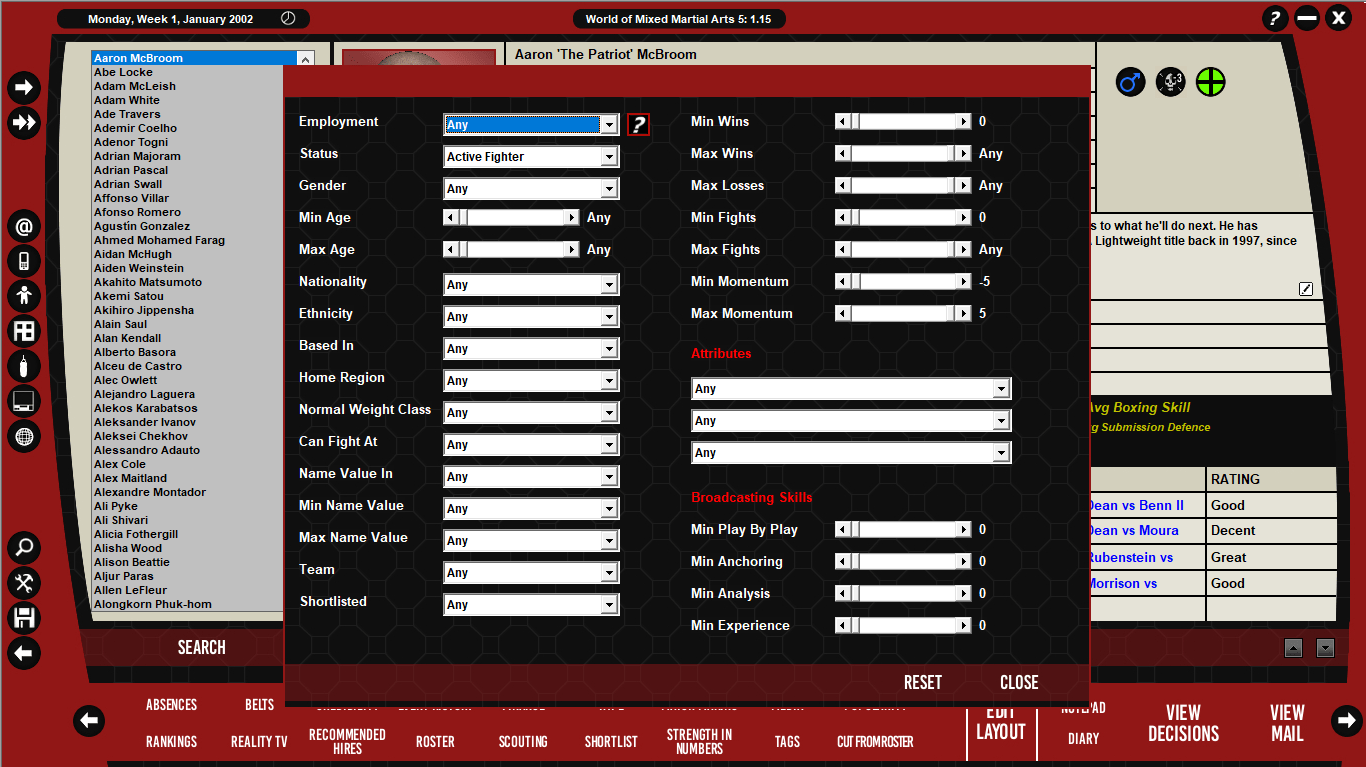

Its light tube construction was originally covered by fabric, but in later adaptations was metal skinning on the wing. Hawker Hurricane and Canadian Air Force.Hawker Hurricane of the Royal Air Force in France.This combination resulted in the first RAF fighter to exceed 300 mph. Its capabilities were further enhanced by a retractable undercarriage (the first such design) and enclosed cockpit. This fighter plane was powered by the Rolls-Royce Merlin engine. The Hurricane is given primary credit for the RAF victory in Battle of Britain, racking up more kills than its partner the Spitfire. Hawker Hurricanes (“Hurricane”) were born out of the British evolution of rugged and durable air fighters. Hawker Hurricane Editorial Team Hawker Hurricane Royal Air Force ww2 Ultimately, the Mosquito was exceptional on every qualifying sphere. Its formidable range and load capabilities could reach German sites and out distance most German night fighters with relative ease. The Mosquito was known for her payloads, with some versions equipped with a 57 mm cannon for piercing armored vehicles or the 4,000 pound “block-buster” bomb. It was also outfitted with arrowhead radar and a G-45 machine gun. The Mosquito’s armament power consisted of four-20mm cannons in front belly and four-8mm Browning machine guns in the nose.

Originally developed as a bomber, she went on to become one of the best British fighter planes of ww2.Įditorial Team de Havilland DH.98 Mosquito replica By the end of World War 2, the Mosquito would join ranks as one of the supreme air fighters of the conflict. The de Havilland Mosquito (“Mosquito”), one of the most celebrated fighter planes for the British RAF, was not birthed as a fighter. de Havilland DH.98 Mosquito Editorial Team de Havilland DH.98 Mosquito – EAA Below are five British built fighter planes that saw heroic work during World War II.

However, Great Britain designed and produced a great number of its air strength fighter planes. Several countries provided the planes that would become listed in the RAF arsenal. Keen is the fact that in the early years of World War II, Britain and France stood virtually alone in Allied air combat capabilities.ĭuring the period of 1934 through 1945, the British military lists over 60 fighter planes.

Especially after ground forces were experiencing increased provocation by the power of German fighter planes air strength and such epic conflicts as the Battle of Britain, Britain was motivated and ambitious in its quest to gain air superiority over Axis forces. Throughout World War II Great Britain and its Allied partners understood the need to produce and bring in to service air power in the form of bombers, reconnaissance and fighters.


 0 kommentar(er)
0 kommentar(er)
